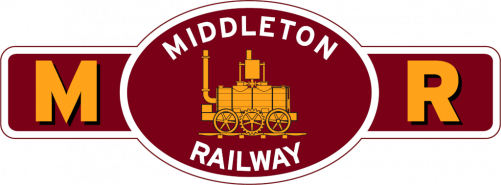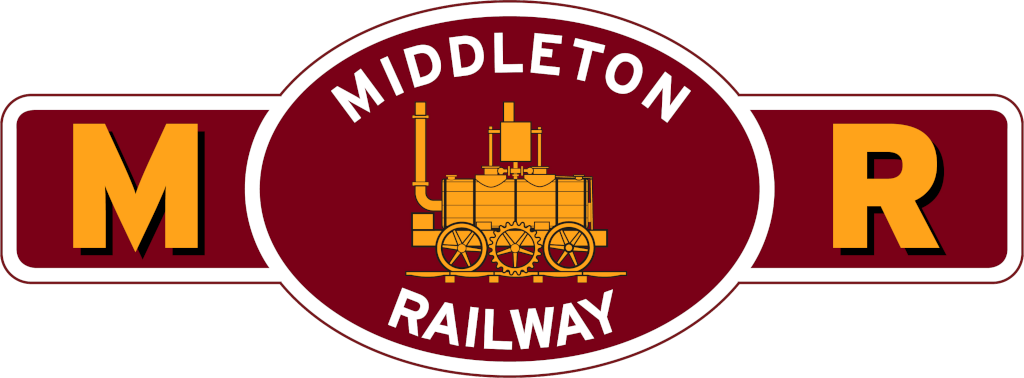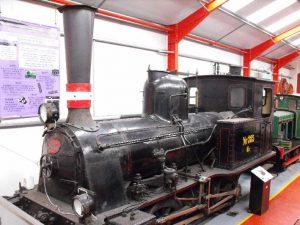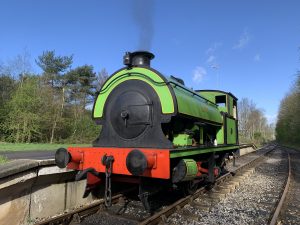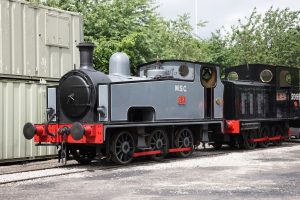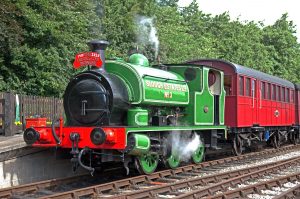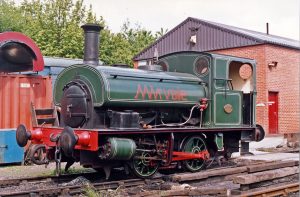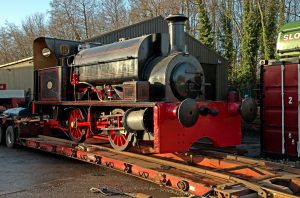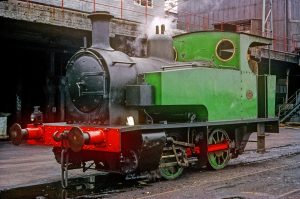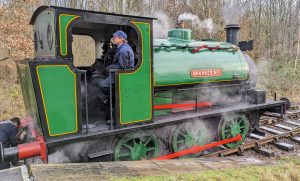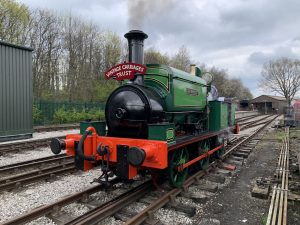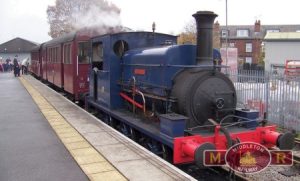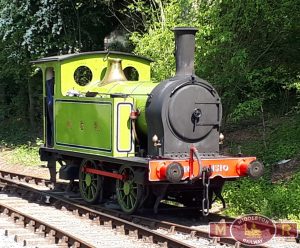Steam locomotives, which are powered by burning coal to produce steam in the boiler, are the oldest form of locomotive technology. They provided the main power sources for railways up until the 1960s, and the collection here illustrates many of the key features of steam locomotives that were used on industrial railways.
The locomotives themselves are identified by the name of the builder and the ‘works number’ which the builder allocated to it when they built it. In addition, many of these locomotives carry what are usually called ‘running numbers’, and these are given here in single quotes, while others carry names, and these are given here in double quotes. Unlike main line locomotives, however, very few industrial locomotives carried both running numbers and names, although often the running numbers did also include the name of the company that owned the locomotive.
Then, the letters after these digits mainly indicate how the locomotive’s water is carried: ST stands for Saddle Tank (ie over the top of the boiler); T stands for side Tank (ie alongside the boiler); and WT for Well Tank (ie underneath the boiler, between the frames). The other letters that may appear are VB, which stands for Vertical Boiler, or G, which stands for Geared (meaning that the pistons drive the wheels through gears rather than directly).
We are updating these pages on a regular basis, including photos from the ongoing overhauls of locomotives.
